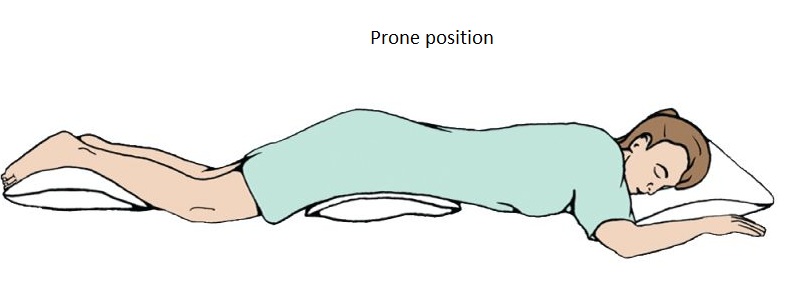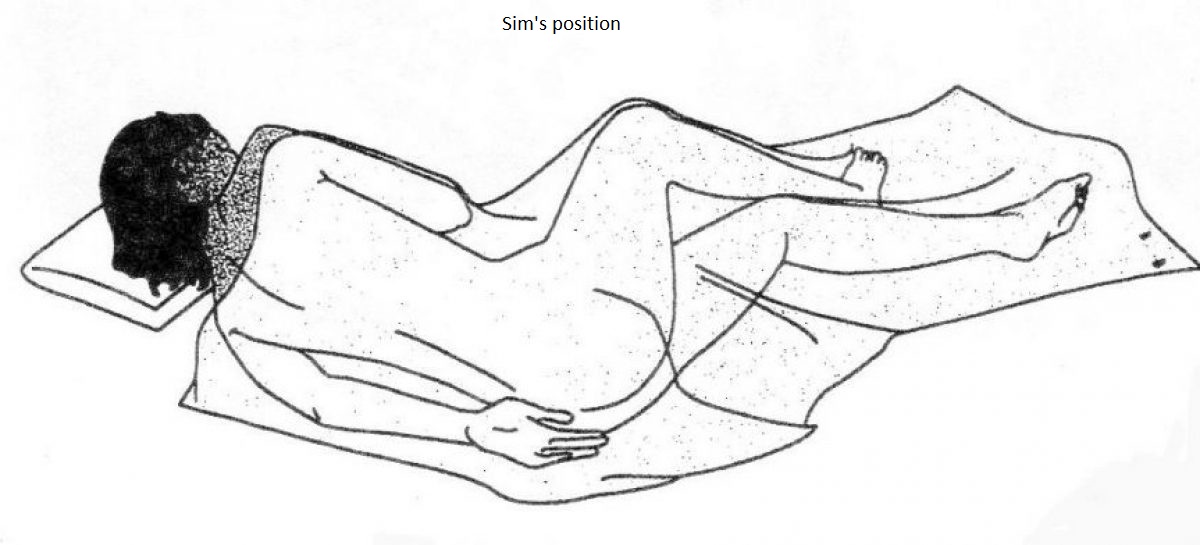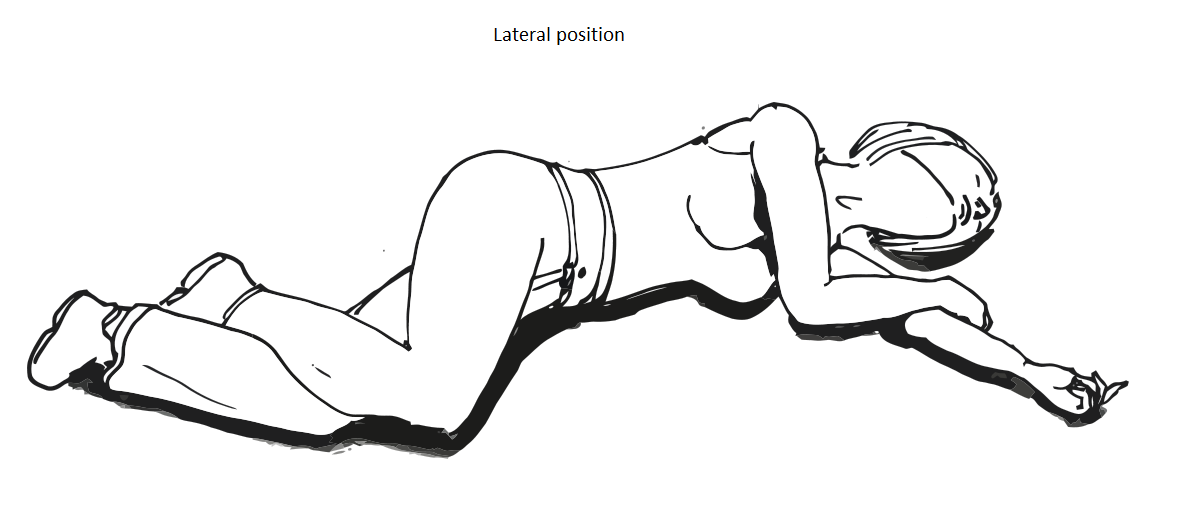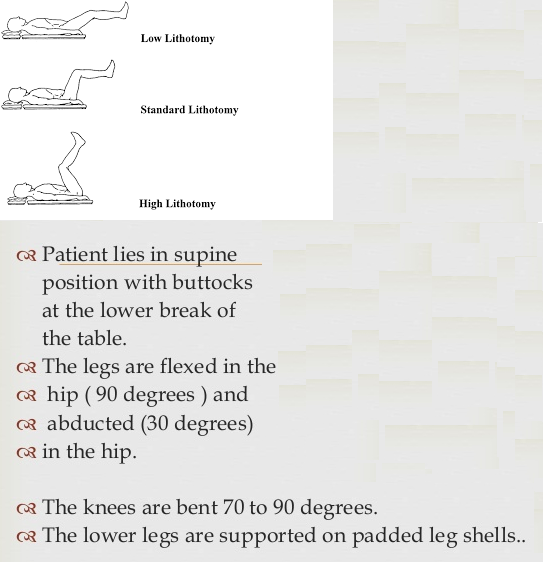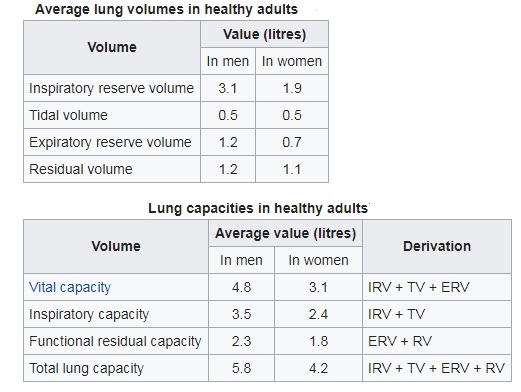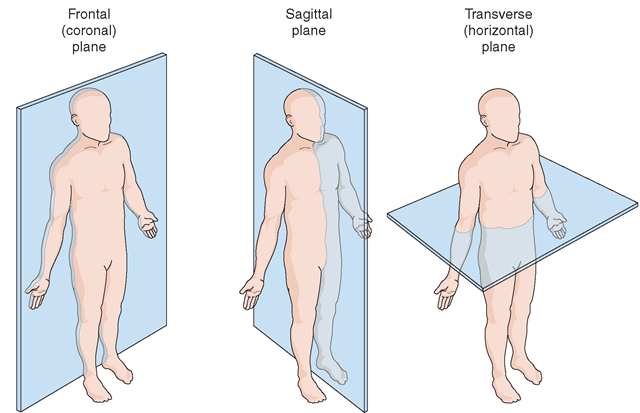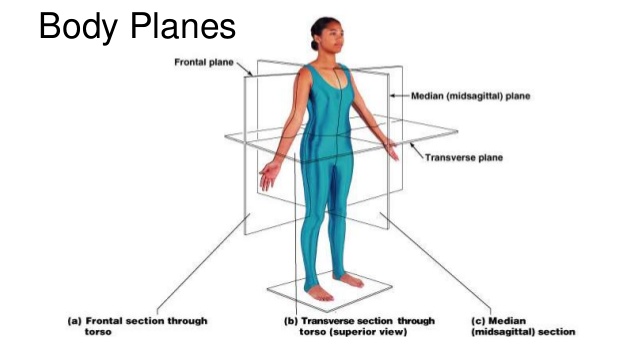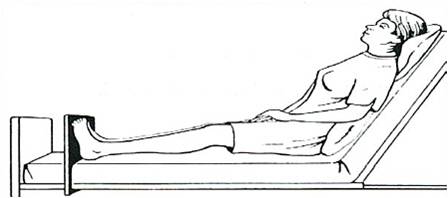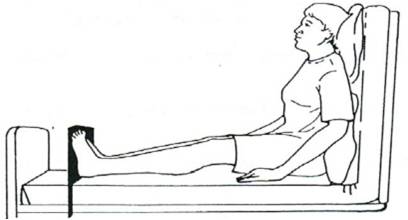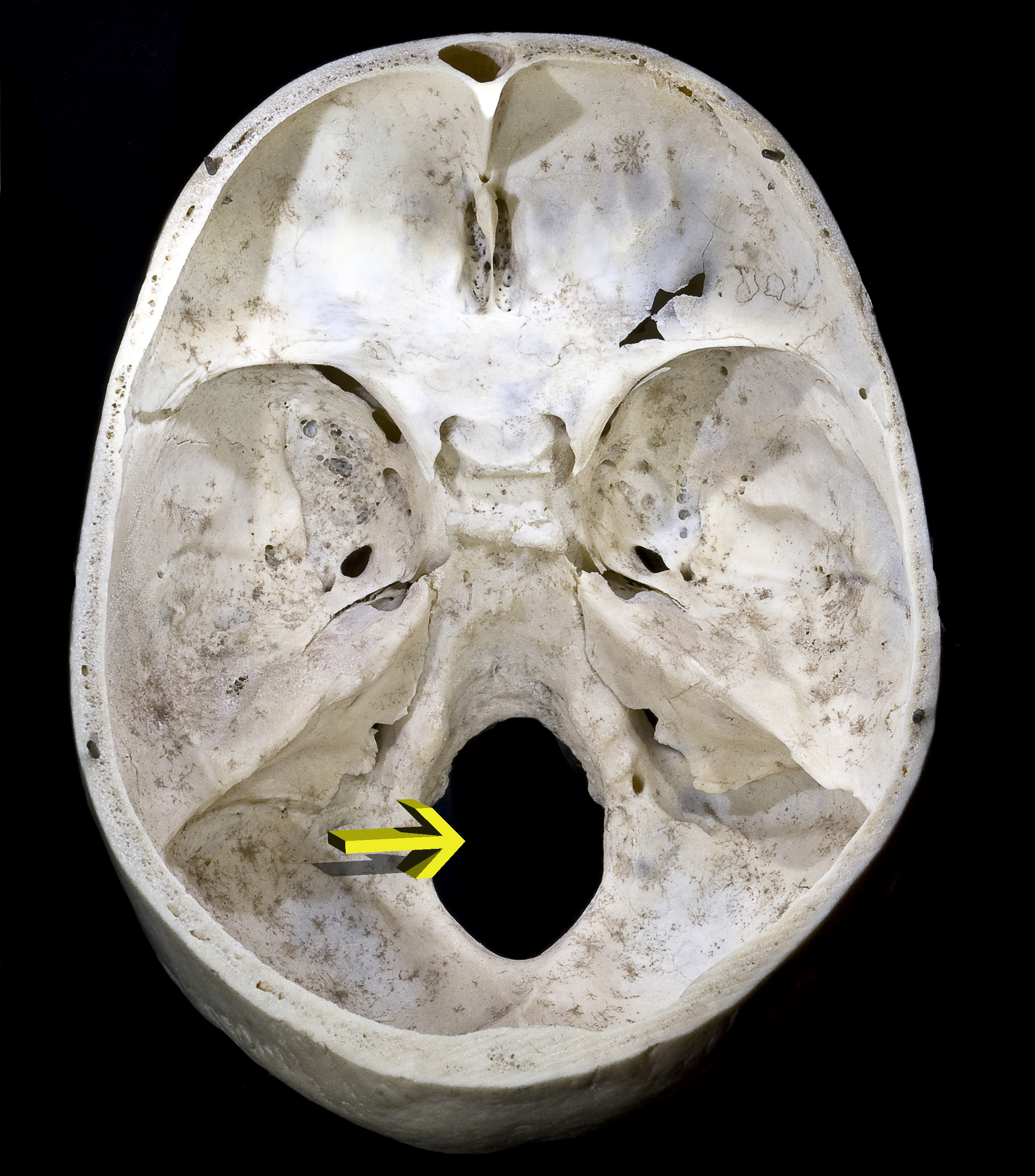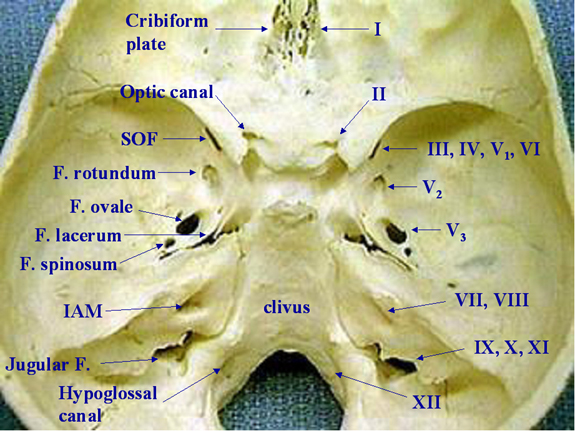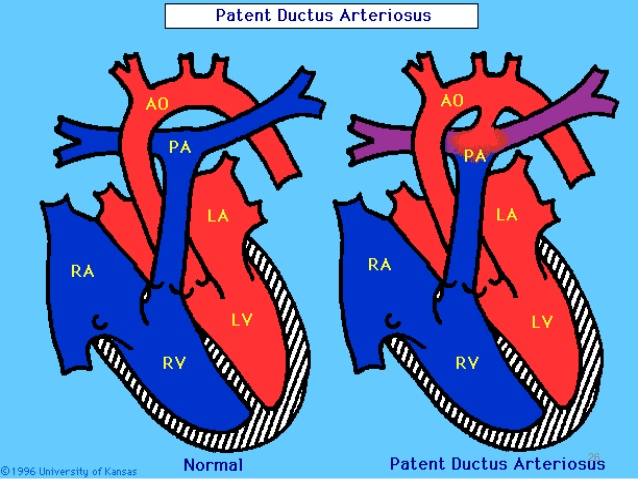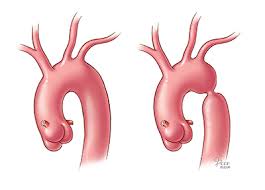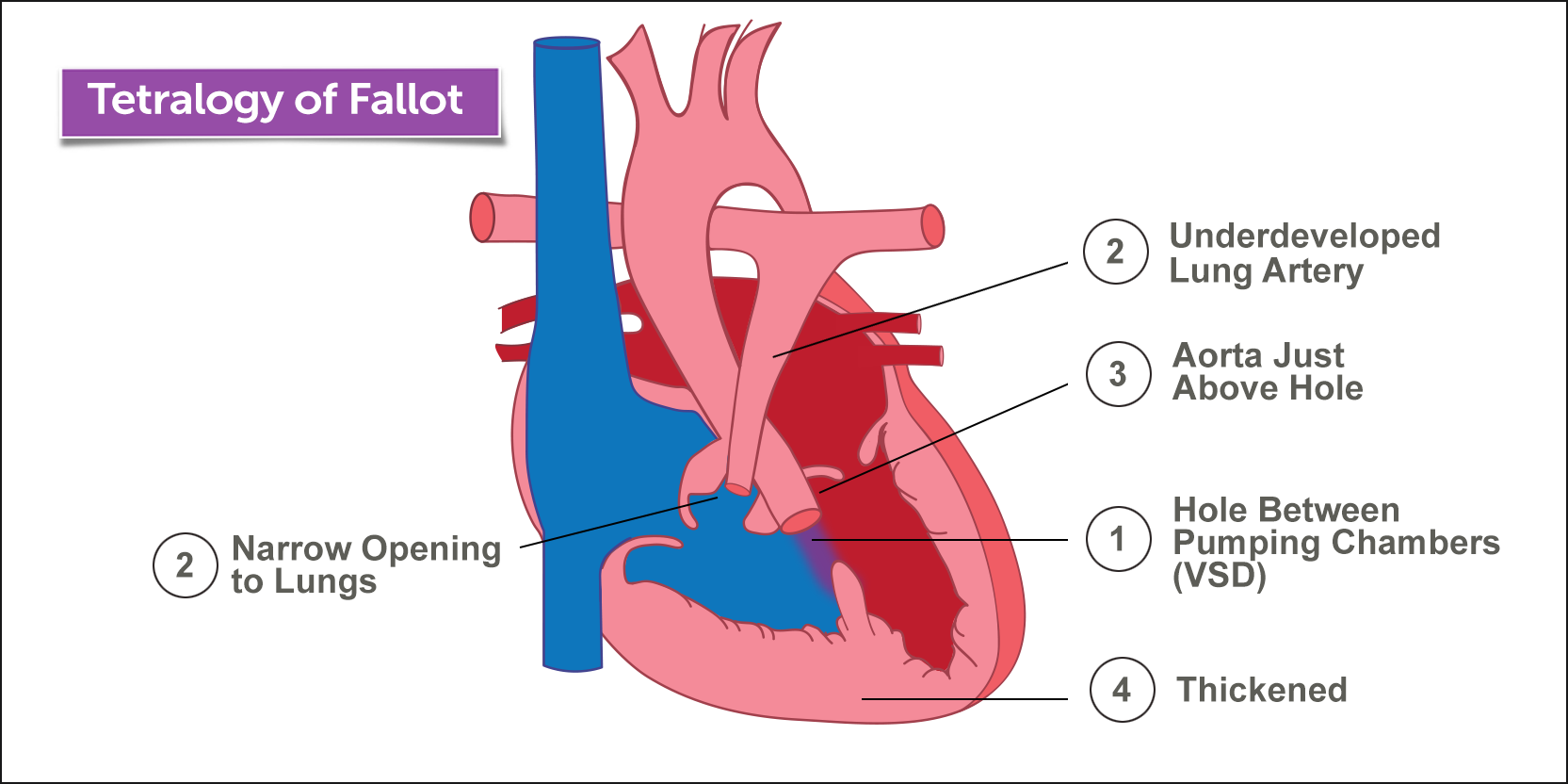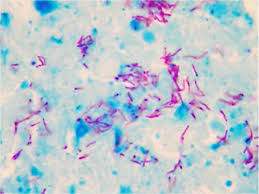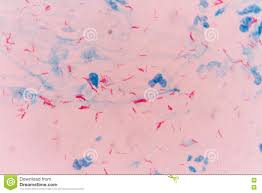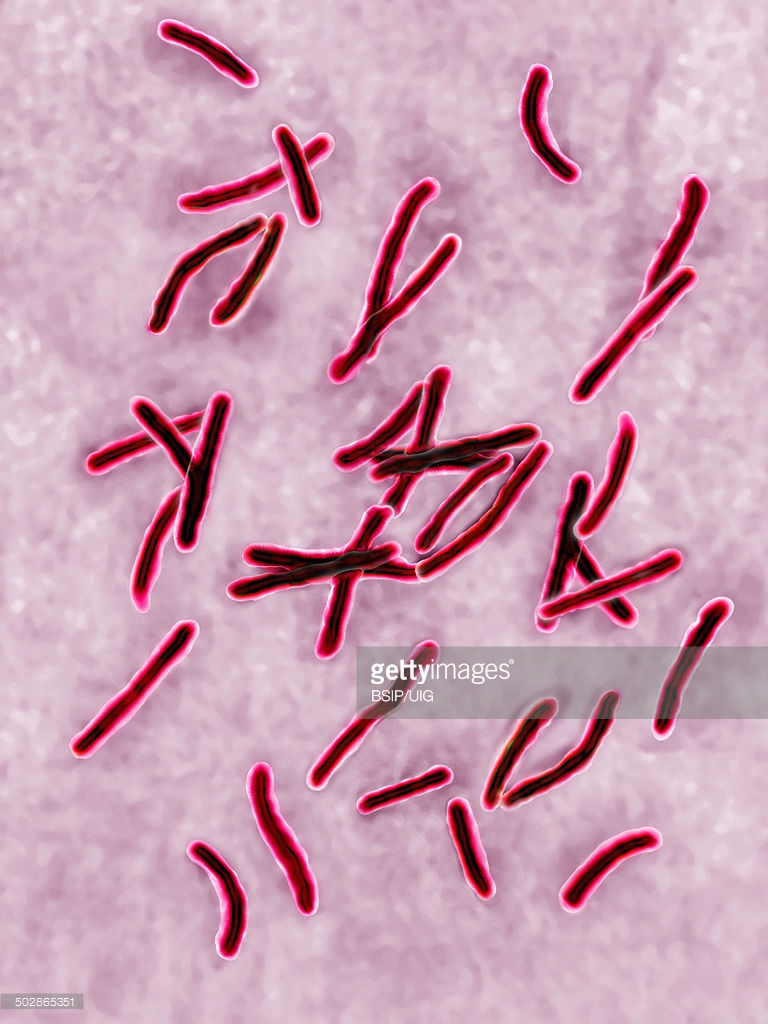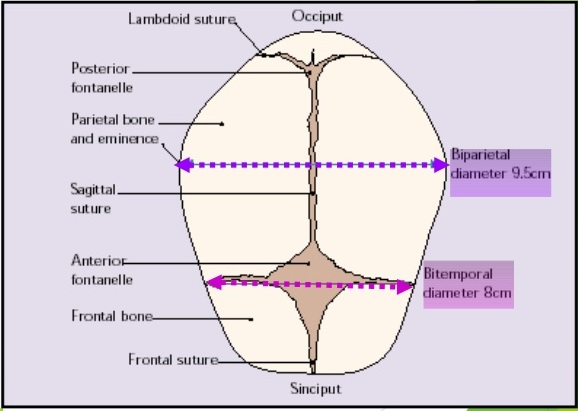DR NTRUHS MSc Nursing Entrance Exam 2014
Select the most appropriate response.
1. The union of ovum and sperm is known as
- Folification
- Fertilization
- Placentation
- Ovulation
2. The nurse makes that the diet consumed by PEM child is rich in
- Protein, carbohydrates and vitamins
- Micro nutrient
- Water soluble vitamins
- Fats and vitamins
3. The position of patient during immediate postoperative period of tonsillectomy surgery is
- Sim's position
- Prone position
- Lateral position
- Rose position
4. The study of distribution and determinants of the disease is called
- Epidemiology
- Entomology
- Pathology
- Community
5. The scientific method of study of human population is
- Anthropology
- Demography
- Ecology
- Sociology
6. Which NSAID undergoes enterohepatic circulation ?
- Phenylbutazone
- Aspirin
- Ibuprofen
- Piroxicam
7. Ortolani is a test performed to find out
- Fractures
- Bone inuries
- Club foot
- Congenital hip dislocation
8. The nurse interprets a positive Homans sign as
- Deep venous thrombosis
- Pulmonary embolism
- Pneumothorax
- Stroke
9. Glycosuria occurs when plasma glucose level exceeds
- 120 - 140 mg/dl
- 100 - 120 mg/dl
- 130 -150 mg/dl
- 160 -- 180 mg/dl
10. Virulence of a disease is indicated by
- Proportional mortality rate
- Specific mortality rate
- Case fatality ratio
- Morbidity rate
11. All the following are the responsibilities of nurse for a patient with heart failure, except
- Maintain intake output chart
- Auscultate lung sounds
- Weigh the patient daily
- Maintain intracrenial pressure
12.Which test is used to find out the early stage of leprosy
- Lepromine test
- Histamine test
- Morphological index
- Bacterial index
13. The polyvalent type of vaccines are prepared from
- More strains of same species
- Single species
- More strains of different species
- Single organism
14. Researchers must be content to say that hypotesis is
- Probably true
- type I error
- Type II error
- Level of significance
15. The co-ordination between the fundal contraction and cervical dilatation is called
- Softening of the uterus
- Hypertrophy
- Increased vascularity
- Polarity of uterus
16. The system of storage and transport of vaccine at low temperature is called
- Cold chain system
- Vaccine chain system
- Vaccine crrier
- Ice linked refrigerate
17. The saturation level of oxygen in the blood can be assessed by using
- Spirometer
- Pulse oximetry
- Tonometer
- Cardiac monitor
18. Function of ciliated epithelium is
- Protection
- Secretion
- Moves mucus and other substances
- Immune resposnse
19. Increase in the size of the muscle of the arm in a weight lifter is an example of
- Hyperplasia
- Hypertrpphy
- Metaplasia
- Dysplasia
20. Pulse oximeter is a non invasive method to assess the level of
- Arterial oxygenation
- Fraction of inspired O2
- O2 intake
- Stroke volume
21. Kernicterus occurs once the bilirubin crosses
- 15 mg/dl
- 20 mg/dl
- 25 mg/dl
- 30 mg/dl
22. The volume of air that moves in and out of lungs with each respiration is
- Tidal volume
- minute volume
- Lung capacity
- Lung reserve
23. Core body temperature is
- Skin temperature
- Axilla temperture
- Rectal temperature
- Oral temperature
24. Anatomical description of the imaginary vertical plane passing longitudinally through the body from fron to back, dividing it right and left halves is called as
- Coronal plane
- Sagittal plane
- Median plane
- Horizontal plane
25. In which position, the nurse has to keep a patient with breathing difficulty
- Sim's position
- Prone position
- Supine position
- Fowler's position
26. Osteoporosis may occur after
- Oophorectomy
- Colectomy
- Nephrectomy
- Amputation
27. The stages of death and dying include
- Powerlessness
- Bargaining
- Role strain
- Ethical dilemma
28. Sterilization by steam under pressure is carried at the temperature between
- 105°C and 106°C
- 90°C and 100°C
- 108°C and 147°C
- 95°C and 105°C
29. All the following are vector borne diseases except
- Malaria
- Filaria
- Plague
- Hepatitis
30. The act of getting things done through and with nursing staff is
- Management
- Nursing management
- Leadership ability
- Professional norm
31. A teacher shows how things happen and how things can be done to the students through
- Field trips
- Demonstration
- Visual symbols
- Exhibits
32. . . . . . . . . is the back bone of the community health care
- Home visit
- Family
- Economy
- Individual
33. To measure intraocular pressure this procedure is done
- Caloric test
- Keratometry
- Tonometry
- Visual acuity test
34. Demographic variable relate to
- Population
- Study samples
- Climate
- Sample size
35. The hydrochloric acid secreted in stomach wall
- Kills microbes in food
- Breakdowns protein
- Maintain protective barrier of stomach →
- Digests food
36. Which hormone stimulates lipolysis
- Glucagon
- Epinephrine
- Ptyalin
- Oxytocin
37. Urea cycle occurs in
- Kidney
- Brain
- Liver
- Lungs
38. Infant mortality rate (IMR) can be calculated by estimating the number of deaths per
- 1000 births
- 1000 population
- 1000 women
- 1000 live births
39. The three tire structure rural local staff government in India is known as
- Panchayat Raj
- Zilla parishad
- Gram sabha
- Nyaya sabha
40. Foleys catheter size is marked with F which is equal to
- 0.22 mm of diameter
- 0.33 mm of diameter
- 0.44 mm of diameter
- 0.55 mm of diameter
41. Uterus turned inside out is called
- Acute inversion of the uterus
- Cervical dystocia
- Rupture uterus
- Prolapse uterus
42. White patches during physical examination should screen for
- 1) Cancer
- 2) Leprosy
- 3) Vitaminosis
- 4) Tuberculosis
http://emedicine.medscape.com/article/220455-workup
43. Android pelvis
- Male pelvis
- Female pelvis
- Richetic pelvis
- Narrow pelvis
44 Dental flurosis is otherwise called as
- Mottled enamel
- Flurosis crisis
- Skeletal flurosis
- Fluorine toxicity
45 When learning helps the individual to adjust himself / herself adequately to the new situation is termed as
- Learning is growth
- Learning is adjustment
- Learning is experience
- Learning is intelligent
46 The foramen of magnum is found in _________ bone
- Frontal
- Parietal
- Temporal
- Occipital
47 Embryotomy means
- Removal of head
- Cutting and destruction of fetus
- Removal of Placenta
- Forceps delivery
48 Boot shaped heart is seen in
- Aortic stenosis
- Coarctation of aorta
- Patent ductus arteriosus
- Tetralogy of Fallot
49 T cells of the body attack and destroy pancreatic Beta cells in
- Type I diabetes
- Type II diabetes
- Type III diabetes
- Addison's disease
50 Extinction is based on the principal of
- Motivation
- Conditioning
- Information - processing
- Imitation
51 Directing and controlling the general nursing service provided by the nurse is assessed by
- Manager
- Administrator
- Supervisor
- Advisor
52 The nurse can identify typical cases of
by the sudden onset of profuse, efforrtless watery diarrhea followed by vomiting
- Cholera
- Typhoid
- AIDS
- Hepatitis B
53 An epidural hematoma results from bleeding between the
- Piamater and arachnoid mater
- Duramater and arachnoid mater
- Reticular system
- Dura and inner surface of the skull
54 Morbidity means
- Illness
- Death
- Health
- Fatality
55 Tuberculosis is
- Water borne disease
- Vector borne disease
- Air borne disease
- Zoonotic disease
56 According to Erikson "a sense of industry develops during"
- Infancy
- Toddler period
- Preschool age
- School age
57 Status epilepticus is a continuous seizure that lasts more than
- 30 minutes
- 15 minutes
- 45 minutes
- 1 hour
58 The complication of hospital acquired pneumonia is
- Heart failure
- Renal failure
- Acute respiratory distress syndrome
- Head injury
59 Biparietal diameter is of
- 85cms
- 11cms
- 12cms
- 95cms
60 The activities that are designed and performed to produce change in student behavior is by
- Teaching
- Learning
- Communication
- Information
61 Dexamethosone suppression test used to detect the
- Schizophrenia
- Depression
- Dementia
- Stress
nswer:2
62 The type of necrosis seen in tuberculosis is
- Coagulative necrosis
- Liquefactive necrosis
- Caseous necrosis
- gangrenous necrosis
63 Atrial natriuretic peptide (ANP) is hormone secreted from the cells namely
- Right atrium
- Left atrium
- Right ventricle
- Left ventricle
64 The nurse notes a reddish - pink tissue in the wound during dressing and interprets as
- Sign of infection
- Keloid
- Granulation tissue
- Exudates
65 Social change refers to any modification of
- Human relationship
- Human change
- Human rotation
- Human modification
. . . . To be continued
66 The psychiatric nurse should assess the patient's cognitive status with help of
- Mini mental status examination
- Rating tool
- Process recording
- Advanced technology
nswer:1
67 The nurse notes a loud, drum like sound during percussion of the stomach and documents as
- Tympany
- dullness
- Resonance
- Flatness
nswer:1
68 Umbilical cord contains of
- 1 artery 2 veins
- 2 arteries 1 vein
- 2 arteries 2 veins
- 1 artery 1 vein
nswer:2
69 The coverage of population by PHC is
- 50000
- 10000
- 30000
- 40000
nswer:3
70 The two umbilical arteries carry the
from the fetus
- Oxygenated blood
- Deoxygenated blood
- Mixed blood
- No blood
nswer:2
71 The longest bone in human body is
- Femur
- Humerus
- Tibia
- Fibula
nswer:1
72
is the permanent method of family planning in males
- Tubectomy
- Vasectomy
- Copper-T
- Condom
nswer:2
73 Swan-Ganz catheter is introduced to measure the
- Intra ocular pressure
- Intra cranial pressure
- Blood pressure
- Central venous pressure
nswer:4
74 The resistance of an individual possesses by virtue of his genetic and constitutional make up is
- Active immunity
- Passive immunity
- Adaptive immunity
- Innate immunity
nswer:4
75 Weight of the placenta at term is
- 250gms
- 125gms
- 500gms
- 350gms
nswer:3
76 An infection resulting from a treatment or diagnostic procedure is
Nosocomial
Iatrogenic
Endogenous
Contagious
nswer:2
77 The Koplik's spots commonly appear in
Measles
Mumps
Varicella
Smallpox
nswer:1
78 The main task of management is
Decision making
Goal setting
Guidance
Authority
nswer:3
79 In pediatric resuscitation, the ratio between chest compression and ventilation is
2:1
3:1
4:1
5:1
nswer:2
80 The nursing priority of child with acute renal failure is focused on
Monitoring the intake and output chart
Health education regarding salt and fluid restriction
Giving family support
Check blood routine
nswer:1
81 An activity which involves the development of hidden talent of a staff and for the benefit of the rganization is known as
Training
Orientation
Staff development
Continuing education program
nswer:1
82 The emulsification of dietary fat is enhanced by
Gastric juice
Saliva
Bile salts
Pancreatic juice
nswer:3
83 The killing power of the disease is measured by using
Case fatality rate
Specific death rate
Morbidity rate
Survival rate
nswer:1
84 The vaccine used against tuberculosis is
DPT
OPV
MMR
BCG
nswer:4
85 Which of the following is a social motive?
Hunger
Thirst
Pain avoidance
Achievement
nswer:4
86 Which of the following domain of competent caring are used in the psychiatric nursing practice?
Teaching, delegating and colloboratry
Management, teaching and colloboratry
Direct care, communication and management
Delegating, coordinatry and communication
nswer:3
87 Administration of medications into the body tissues other than alimentary canal is
Parenteral
Oral
Enteral
Inunction
nswer:1
88 The quantitative researchers gather
Empirical evidence
Evidence based
Scientific method
Systematic approach
nswer:1
89 World health day is celebrated on
May 12th
April 7th
April 1st
January 26th
nswer:2
90 To acquire correct knowledge by the student, the teacher uses teaching strategy called
Illustration stratgey
Narration strategy
Problem solving strategy
Group discussion strategy
nswer:1
91 Withdrawal of fluid from uterus through abdominal wall
Culdoscopy
Laproscopy
Amniocentesis
Partograph
nswer:3
92 The storage temperature for polio vaccine is
-20° c
+20° c
-10° c
+10° c
nswer:1
93 Increased pulsation is felt through the lateral fornix at 8th week is called
Osiander's sign
Chadwick's sign
Goodell's sign
Piskacek's sign
nswer:1
94 Indian MTP act allows abortion only to a period of
15 weeks
20 weeks
28 weeks
12 weeks
nswer:2
95 Osteoporosis is caused by the deficiency of
Iron
Calcium
Zinc
Phosphorous Answer:2
96 An area of poor houses and poor people is termed as
Housing
Slums
Illiteracy
Ventilation
nswer:2
97 Hepatitis A infection spreads by
Oral route
Sexual route
Contaminated needles
Air
nswer:1
98 This scale helps to assess the impaired consciousness
Glasgow coma scale
Visual analogue scale
Beck Depression scale
Muscle power grade scale
nswer:1
99 Bone marrow depression is seen with chronic administration of
Isoflurane
N2o
Ether
Halothane
nswer:4
100 A person with a tendency to be outgoing, friendly and talkative is said to be an
Optimist
Pessimist
Introvert
Extrovert
nswer:4





